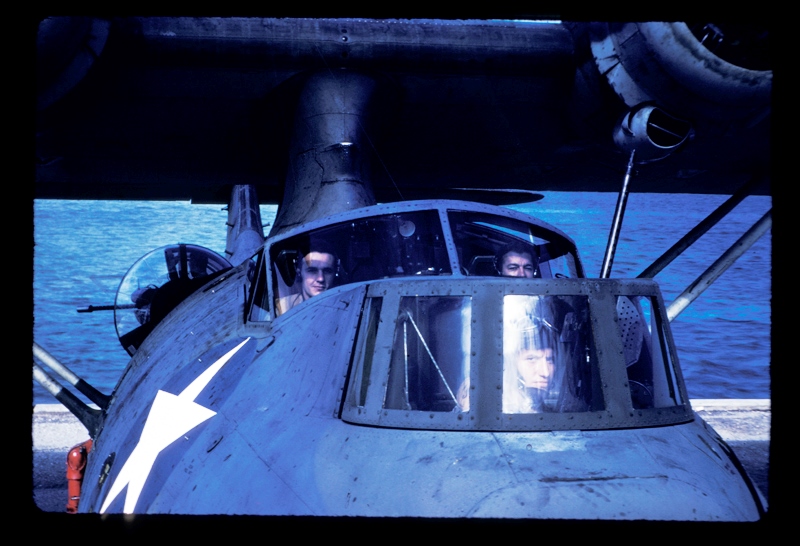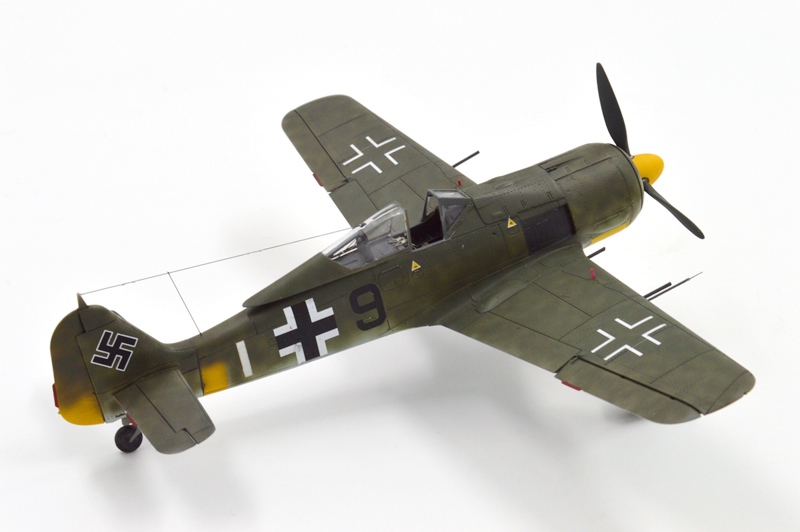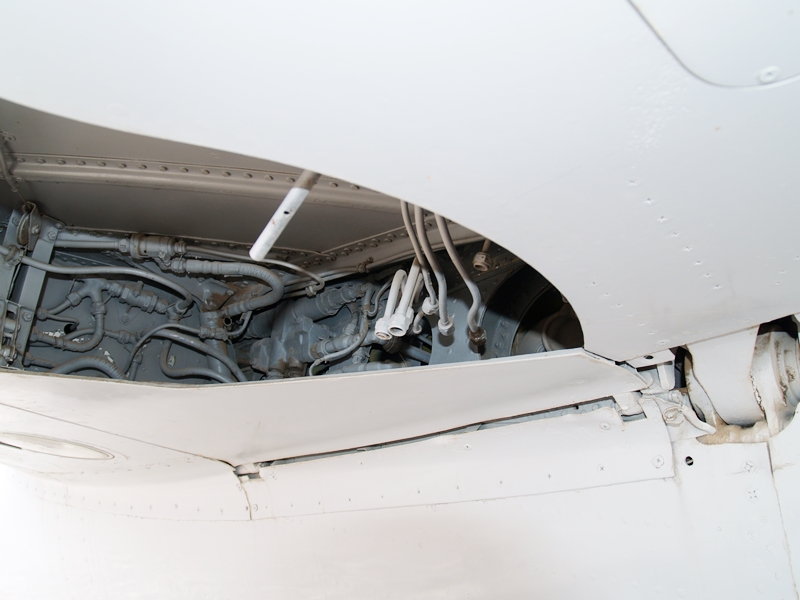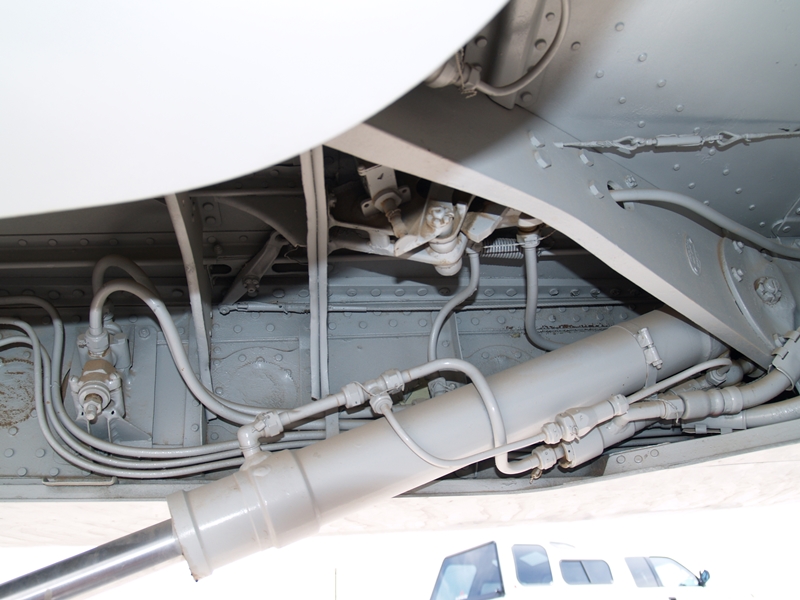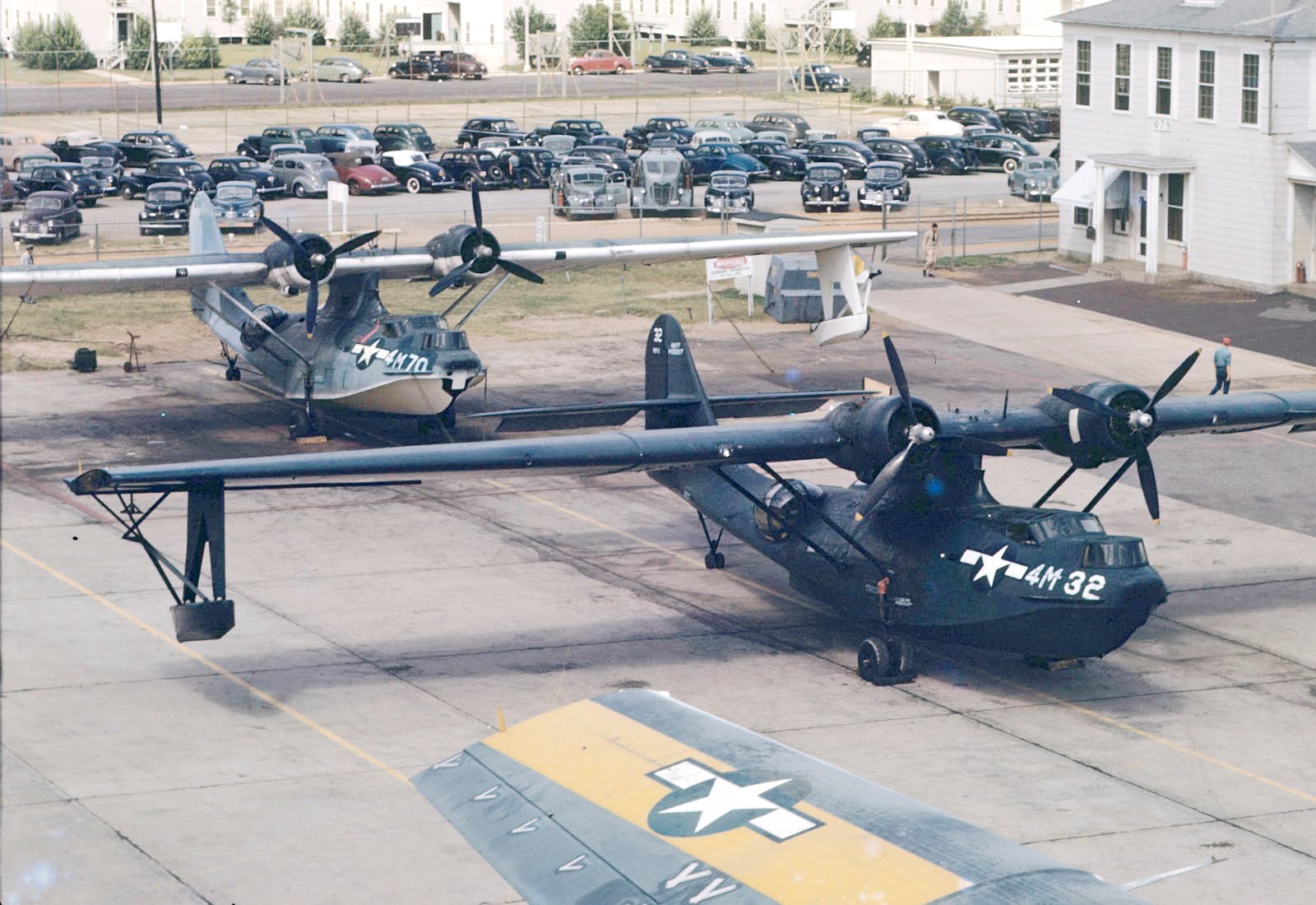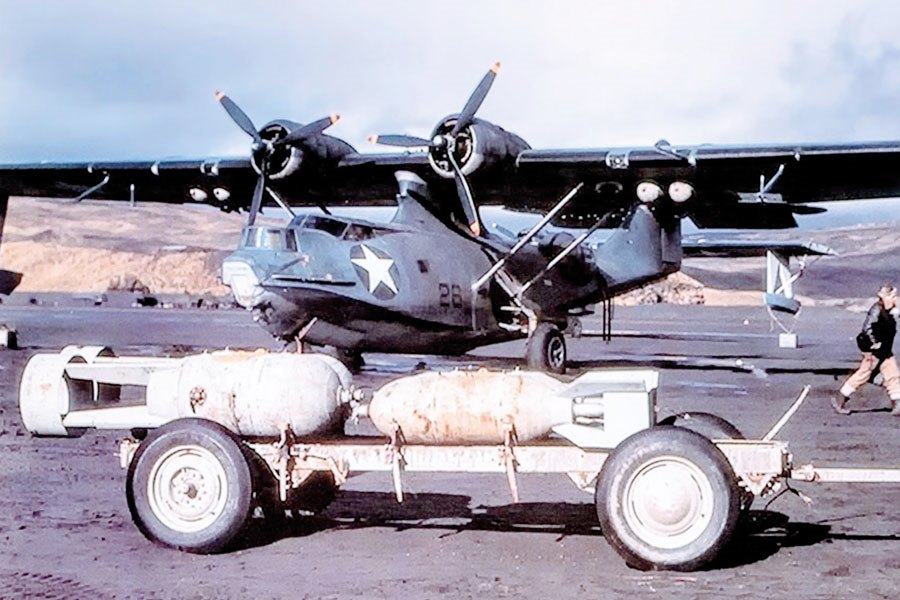
Spotlight On Yakovlev Yak-3
By Artur Juszczak
Hardcover, 44 pages, 42 color profiles
Published by MMP Books July 2017
Language: English
ISBN-10: 9788365281487
ISBN-13: 978-8365281487
ASIN: 8365281481
Dimensions: 8.3 x 0.4 x 11.7 inches
The Spotlight On series is published by Mushroom from Poland. These are thin books, but on a large layout and printed on glossy paper. The books consist of a single page giving a brief history of the subject’s design, then it is straight off to the profiles. For each there is a short caption identifying the pilot, location, and date along with some information on the paint scheme & markings. No additional information is provided, so if you’re looking for a pilot biography or anecdotes about the aircraft’s service history or combats you’ll need to research elsewhere.
There are 42 Yak-3s profiled in this volume, the vast majority in Soviet markings and AMT 11 / 12 / 7 camouflage, although there are several exceptions thrown in for good measure. All the profiles are of either the port or starboard sides, no plan views are provided. Eight of the profiles are of aircraft of the Normandie-Niemen Regiment so there is plenty here for the fans of this famous French unit.
This is a quality series, and there is lots of inspiration for modelers here (provided decals can be sourced of course). I would have liked to have seen some additional background on the individual aircraft and their pilots, it is always more interesting and inspiring to know something of the history involved. Several of these volumes have appeared on the secondary market, often at a significant discount. They are well worth picking up, especially if they can be found at a bargain price!


















